Getting Started in Business Process Management
Length:
In-person classes – 1 day / Virtual (Live online) and Anytime Learning – 2 sessions
Overview:
To maintain competitiveness in local and international markets, it is increasingly essential to formally manage your business processes. This course explores the need for a business process focus, the essential steps for process management, and the critical success factors for making the effort successful. It provides a practical framework for understanding process and describes tried and true process management concepts and techniques. It explains the foundation of using and developing metrics, and it describes the role of the Process Owner, the most crucial member of a Business Process Management effort.
Presented in a methodology-neutral way, participants can easily apply the knowledge and skills to any environment, and use the techniques immediately upon leaving class. Class, team, and individual exercises provide practice based on information gleaned from a detailed case study. It is also the foundation for other BPM courses.
Pre-requisites: General business experience as a process participant.
Skill Level: Basic
Audience:
Process and business analysts, business process owners and executives, project managers, general business staff, and anyone who needs the skills to improve and/or manage business processes.
CEUs: 0.7 ($75.00)
Certificate Programs:
- Certificate in Business Process Management
Format:
To help assimilate the tools and techniques learned, there is a mixture of individual and group exercises throughout the course. A lively role play and case study help reinforce concepts learned. Students need to be prepared for a high level of participation. Each participant receives a comprehensive student guide complete with examples and workshop solutions.
Content:
Business Process Management (BPM) Fundamentals
- What is Business Process Management (BPM)?
- A definition (or a few definitions from a few key sources)
- Managing Sideways - A different way of operating (“Turning the Company on its Ear”)
- The Case for Business Process Management
- Focus: Addition of Value
- The Opposite of Value: Waste
- Video: Identifying Waste
- How Do We Pay for BPM?
- The Net Positive effects of Applying BPM Layers
- BPM Methodologies
- BPM Framework
- Types of Processes to Manage
- Exercise
- BPM Critical Success Factors
- Core BPM Role Definitions
- Process Owner
- Process Sponsors
- Process Analyst
- Process Participant / SME
- Process Owner Responsibilities
- Workshop
Business Process Modeling / Analysis Overview
- BPM Framework
- What is Business Process Modeling?
- Benefits of Documenting Processes
- High Level Definitions
- Process Modeling
- Value Stream Maps
- Process Maps
- SIPOCs
- Geographical Maps
- Process Modeling Notations
- Analyzing Processes
- Cross Functional Teams
- Brainstorming
- Examples of Divergent Analysis tools (5 Whys, Fishbone Diagrams, Cause and Effect Analysis)
- Examples of Convergent Analysis tools (Gap Analysis, Cost Benefit Analysis)
- Different Pictures Tell Different Stories (Histograms, Run Charts, Scatter Diagrams, Pareto Analysis)
- Workshop
Business Process Design and Improvement Overview:
- Process Design Principles
- Value Design Optimization Principle
- Quality Design Optimization Principle
- Time Design Optimization Principle
- Process Design Key Concepts
- Business Process Improvement
- The Case for BPI
- Workshop
Business Process Performance Management
- The Case for Process Monitoring
- Definitions: Metrics versus Measures
- Definition of Data Types
- Pros and Cons of Metrics
- Video: Metrics Gone Bad
- Four-Step Metrics Process
- Workshop
- What is Business Intelligence (BI)?
- BI System Objectives
- BI – Why Do I Care?
- Delivering Measures: Dashboards and Balance Scorecards
- BPM Monitoring Technologies
- Exercise
- Control Plan Basics
- Workshop
Transform Your Organization for BPM
- Process Transformation
- Scale of Changes
- Manifestations of Resistance
- Adaptability to Change
- The Change Cycle – Macro View
- What Must an Organization Do?
- The Dynamics of Change Model
- The Change Cycle – Micro View
- Workshop
- Business Transformation Key Concepts
- Additional BPM Role Definitions: Business and Business Support Roles
- Roadmap for becoming a BPM organization – 7 Steps
- Process Technologies Overview
- Benefits of Process Technologies
- Examples of Process Technologies
- A3 Thinking
- A3 Examples
- A3 Components
- The A3 Discipline
- A3 is a PDCA Story Board
- A3 Work Across an Organization
- Workshop
This outline is subject to change.
